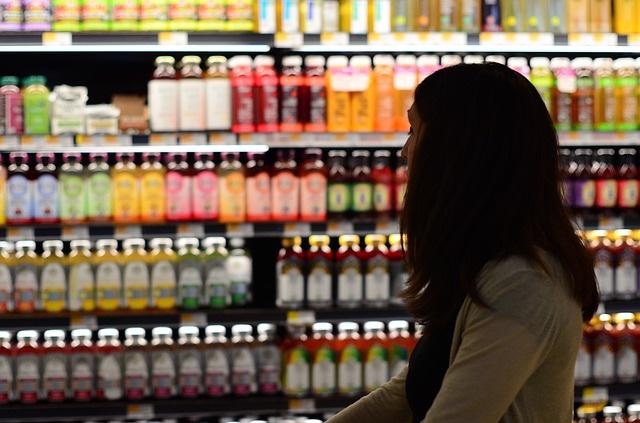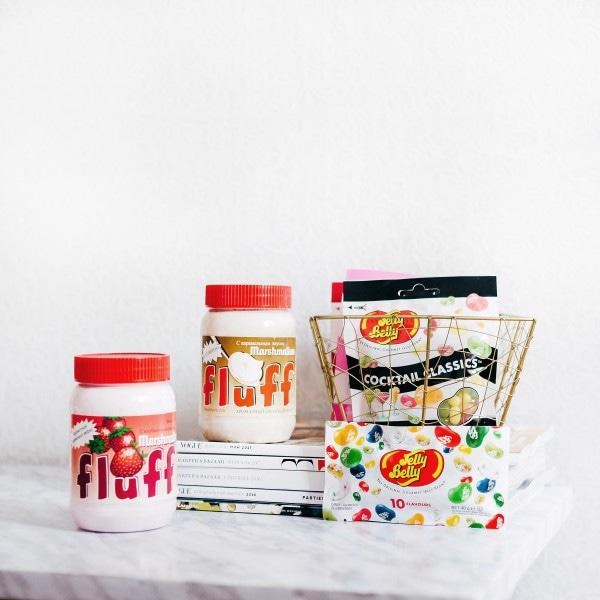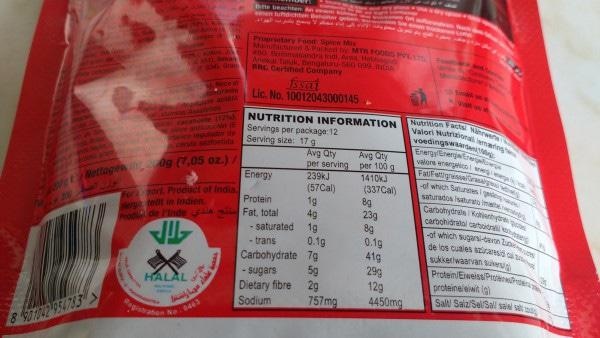Roasting, baking, steaming and brewing: it can be a glorious and soul-enriching process to create a food product. This is only the first of a series of steps which are required to convert a food product idea into packages that can be sold in the supermarket, however. It is a challenging step for many chefs, entrepreneurs, and food startups to take a product to market, often requiring the expertise of food consultants or food scientists.
1. Understand your Market
There needs to be sufficient demand for its products if a sustainable business is to be built. What gap is it that you are trying to fill? Are you improving the accessibility and affordability of organic food? Have you developed an idea for a new, nutritious snack bar? How is that bar different from those which are already offered on the market? Does your idea solely target the local market, or can it be extended into other regions? Do trends in the market indicate that your food product has potential in the long-term? You can position your product better if you conduct market research correctly and understand the competition. This can also help you to understand the kinds of supermarkets or distribution chains you would like to approach.

It is easy to create your food product. The tough part is scaling up and marketing it.
2. Meet Food Safety Standards and Regulations
Laws and regulations ensuring food hygiene, consumer protection, public health and safety, and fair trade govern commercial food production. It is essential for your product to meet the standards set by the EFSA (Europe) and the FDA (USA) prior to taking it to market. Specific product categories also have numerous regulatory and certifying bodies. The UK, for example, has The National Farmers’ Retail and Markets Association (FARMA) which helps to set standards for farm shops and farmers’ markets, in which farmers sell their products directly to consumers. The USDA works with agents in the US who verify that businesses and farms are USDA organic food regulations compliant. In Australia, the HACCP management system is in place to ensure food safety is maintained from production to consumption.
3. Ability to Scale Up
For the production of your product in bulk quantities, do you have access to a large commercial kitchen space? Are your suppliers able to scale up in order to meet your requirements? Your business is made both more flexible and profitable by the ability to scale up your product when needed. This also assures distributors that you are able to deal with a spike in demand. A lot of small businesses find it difficult to get access to commercial kitchens in which they can manufacture in bulk quantities. However, particularly in the US and UK, food business accelerators and incubators are beginning to mitigate this issue significantly.
4. Stable Shelf Life
Can you imagine how horrible it would be if you discovered that your precious gluten-free cookies had spoiled prior to their expiry date on the grocery shelves? Not only is this a waste of effort and money, but it also risks damaging your reputation. Be sure to test your products’ shelf lives under varying conditions. Do you know which kind of preservative you should use? How can you control moisture levels? Can alternative ingredients be used in order to sustain a longer shelf life? Experienced professionals are able to provide support for you to optimize shelf life, giving fast and effective answers to these questions.

Prior to taking your product to the shelves, test and optimize its shelf life.
5. Packaging
When thinking about scaling up, it may be worth considering a partnership with a co-packer or contract manufacturer. Co-packers sometimes perform quality control and manage inventories, as well as handling packaging and labeling. Usually, they handle shipping and provide warehouse space. How sustainable the costs are for your business must be kept in mind when contracting a packager, particularly if you require products to be produced in small quantities on a "produce-on-demand" service. Finding a packer located near to your business is also helpful, as it makes it simpler to coordinate and communicate.
6. Design and Branding
Shelf life and fridge space are being contested by thousands of brands. How will you make yours stand out? A lot of small businesses do not want to pay a lot of money for a professional to design and brand the product, but in the long run, it's worthwhile to do so. Your product's brand name, visual appeal, copy, and positioning play a significant part in encouraging customers to take it off the shelves. The UK’s juice giant Innocent provides a fantastic example of brilliant branding. It uses colorful visuals, catchy slogans, and even quirky messages on the bottle.

In order to make products attractive to consumers, design and branding is a vital step.
7. Labeling
One of the most important parts of food production is placing nutrition labeling on the outside of each of the food products. Displaying a breakdown of the ingredients and nutrients is mandated by the law, in order to keep consumers informed about the serving size and how many calories are in a portion. Possible allergens such as nuts, gluten, and soya must also be stated.
Specific consumer preferences can also be catered to with labels such as kosher or halal. Certain food categories are exempt from these rules (for instance, foods which are sold raw like fruits and vegetables). As a lot of food startups do not have a dedicated team or staff who can conduct nutritional analysis and labeling, they often go to freelance food scientists for help

It is required by law to provide nutrition labeling on most pre-packed foods. You must become familiar with the EU and FDA guidelines in order to prepare your product for the market and understand what goes on the back, side, and front of the pack.
It isn't easy to get your food product on the market. On average, only a third of new US businesses reach their ten year anniversary. To get the knowledge and expertise needed in order to tackle the difficulties associated with making a successful food product, access to industry specialists, mentors, and freelance food science experts is vital.

This information has been sourced, reviewed and adapted from materials provided by Kolabtree.
For more information on this source, please visit Kolabtree.